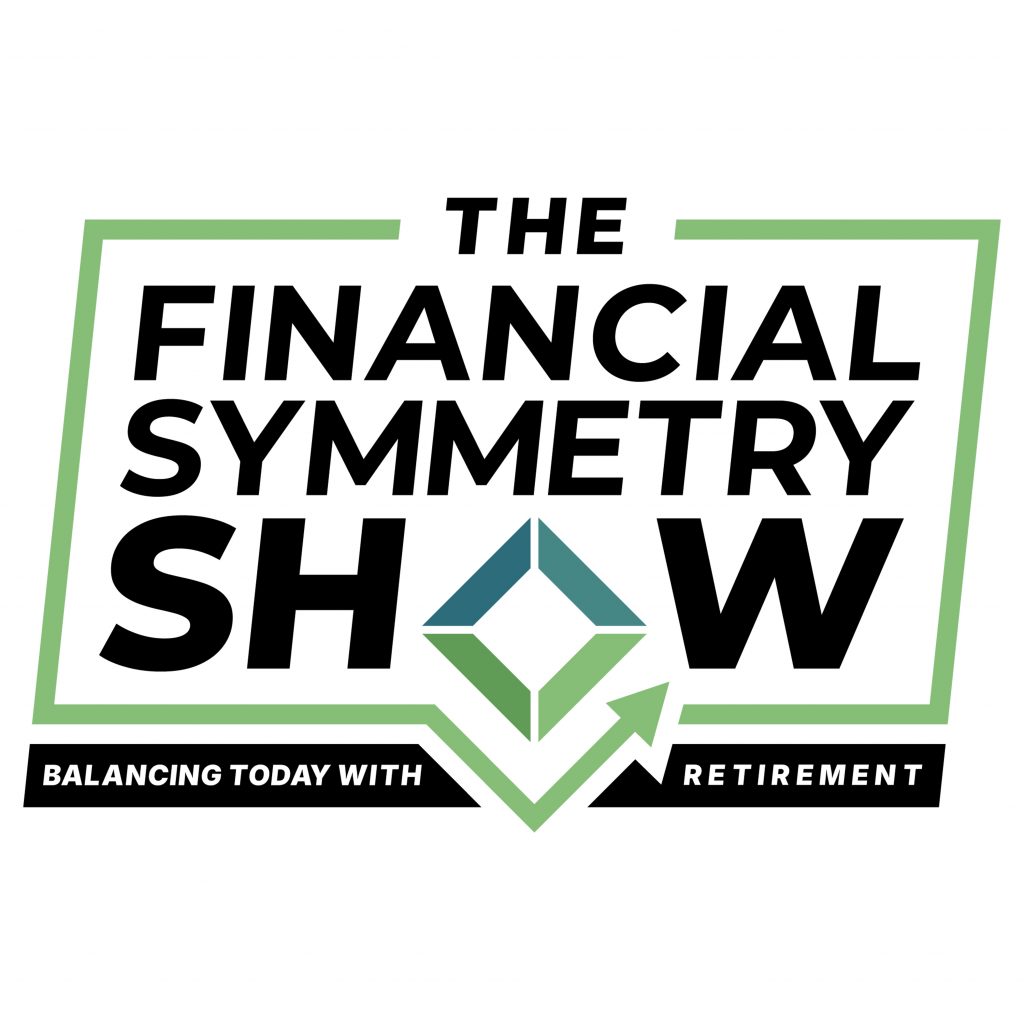Some problems are easily solved with a bit of reasoning, logic, or calculations. Other retirement problems, go beyond quantitative thinking.
Many decisions surrounding retirement require much deeper consideration and often cause you to reevaluate your thinking of what you had originally imagined retirement to be.
In this episode, you’ll learn how to identify wild retirement problems and develop a framework for working through them.
Outline of This Episode
- [4:44] The difference between tame problems and wild problems
- [13:21] A wild problem example
- [17:16] How to set up a decision-making framework
- [22:51] Recognize the value of diversification
We All Struggle With the Unknown
“The need for certainty is the greatest disease the mind faces.”– Robert Green
Retirement is full of the unknown, so we have a hard time when we’re faced with retirement planning.
We crave certainty when it comes to investments, job prospects, savings levels, and retirement planning. But the amount of outcomes, can cause delays in our decision-making often resulting in confusion and reluctance.
If we accept that uncertainty is an inherent outcome of these decisions, we can develop a new set of tools to help us solve problems.
The Difference Between “Wild” and “Tame” Retirement Problems
Tame problems are problems that you can use a list or approach with rational thought. They are pretty easy to identify, they have easy solutions that you can implement quickly. Some tame problems can even be solved by others.
Using data can help us solve tame problems, but there are some types of problems where quantitative thinking can’t help as much. We can call these wild problems.
Wild problems often include those big decisions we need to make surrounding career, family, ethics, or changing our lifestyle. Unfortunately, there is no special formula that will give us the right answers.
Developing a Framework for Working Through “Wild Problems”
Before you can begin to solve a wild problem you need to be able to recognize it as such. Sometimes with a wild problem, you may not even know that you’re dealing with a problem. Wild problems have to be solved yourself, and they may require change in numerous areas of your life. With wild problems, the same solution doesn’t work for everyone. They also require more than a simple pros and cons list.
It often helps to enlist a thinking partner when working through your wild problem. The more people and information you have, the better your decision will be.
It helps to consider your principles and to note whether they have served you well in other situations.
Learn how to think through your retirement plan by getting clear on what you should be analyzing. Press play to hear this thought-provoking conversation.
Resources & People Mentioned
- The Retirement Podcast Network
- BOOK – Wild Problems by Russ Roberts
- BOOK – The New Retirementality by Mitch Anthony
- BOOK – Thinking Fast and Slow by Daniel Kahneman



